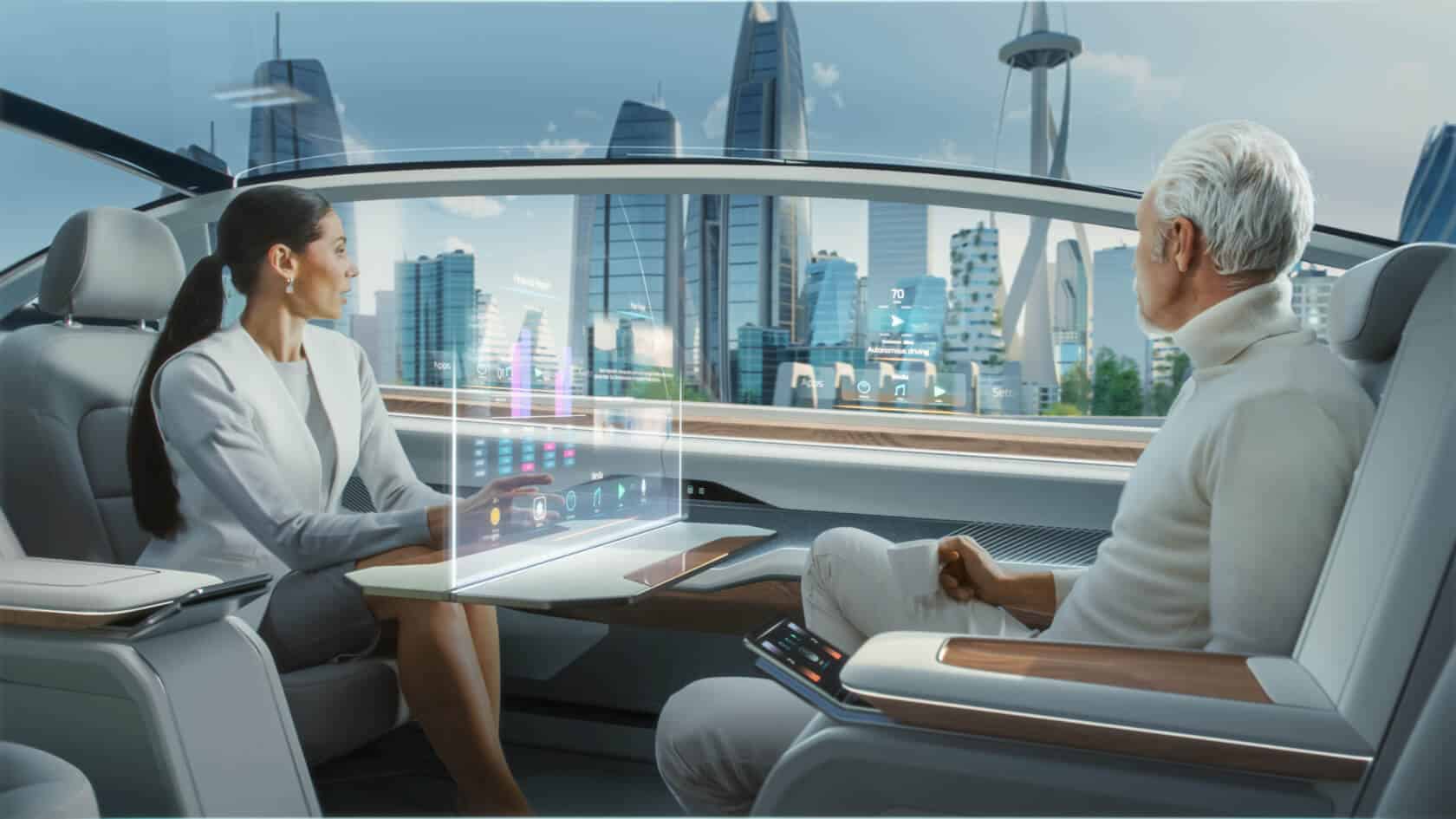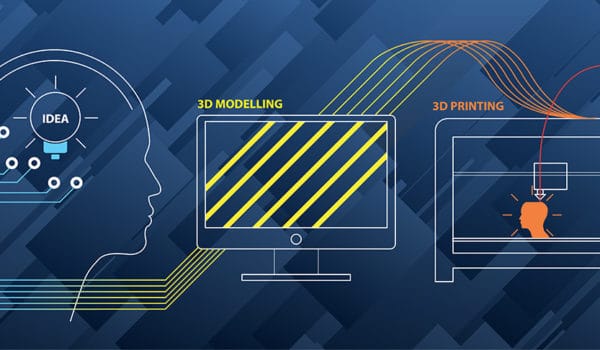Urban air mobility (UAM) — the aerial transportation of passengers and goods in an urban environment — is enabled by new aircrafts with a distributed propulsion system, vertical take-off and landing (VTOL) capabilities, low noise, highest safety, low infrastructure requirements, and cost-efficient operations. Furthermore, because VTOL is emission-free in flight, it will help with the preservation of clean air in cities. Let's take a closer look at urban air mobility.
Urban Air Mobility (UAM) is a transportation system in which aerial vehicles, also known as Vertical Take-off and Landing (VTOL) vehicles, use air as a mode of transportation to transport people and cargo from one location in a city to another. A helicopter is an example that we are all familiar with, but the problem with helicopters is that they are unacceptably expensive, risky, and noisy to the general public. As a result, the concept of the VTOL vehicle has been introduced, which is essentially a battery-powered aerial vehicle that can land and take off like a helicopter but is much quieter, safer, more reliable, and better for the environment than a helicopter.
This technology is very promising for reducing traffic because VTOL vehicles can fly in multiple pre-defined layers of air, one on top of the other, reducing congestion in a single path.
Another advantage of UAM is that it requires little infrastructure. Unlike cars and trains, the VTOL vehicles do not require any infrastructure such as roads or railroads to operate. The only thing needed is landing and takeoff stations, which could be located on the roofs of buildings.
But, as with any revolutionary technology, UAM faces challenges. The first difficulty is the battery’s limited capacity. The most well-known battery today is lithium-ion, but it still has very low power and energy density per kg of weight when compared to fossil fuels. As a result, VTOL vehicles have restricted range, endurance, and cargo capacity. Nonetheless, consistent breakthroughs in Li-ion battery technology and the development of new battery concepts such as Li-air and Li-sulphur, which would have significantly higher energy density per kg, have made the concept of long-range VTOL vehicles more feasible.
Noise is UAM’s second challenge. Though VTOL vehicles would be significantly quieter than other Aerial Vehicles, much work remains to be done. According to a report from Aviation Today, Uber claims that the noise of their VTOL vehicles will be 15 decibels lower than that of a helicopter and will be able to blend in with city noise. Furthermore, as propeller aeroacoustics improve, the noise will be reduced even further in the future.
Social Acceptance is the third and most difficult challenge. Despite being one of the safest modes of transportation available today, air travel has always been regarded as risky and dangerous. People are wary of using air travel as a common mode of transportation because they believe it is unsafe. This is why regulatory authorities have imposed stringent regulations on existing aerial vehicles and are developing new and safer regulations for UAM. This will help to persuade people that VTOL vehicles, like other types of vehicles, are safer and more reliable modes of transportation.
As UAM provides a solution to one of the world’s most pressing problems, traffic, and offers numerous advantages over current modes of transportation, such as reduced infrastructure requirements, comfort, and travel time, the future of UAM appears bright. This is why more than 150 companies around the world, including aerospace behemoths like Boeing, Airbus, Bell, and ride-sharing behemoth Uber, as well as startups like Lilium and Volocopter, are working tirelessly to make Urban Air Mobility a reality.
According to the timelines provided by various companies, Uber will launch its AirTaxi services in 2023, Airbus will launch its services before the Paris Olympics in 2024, and Lilium GmbH will launch its Lilium Jet in 2025. We can’t say whether these companies will be able to obtain all of the necessary certifications and launch their services on time, but if this becomes a reality, we may see flying taxis above our heads in the next five to eight years, allowing us to travel to our destinations in a fast, congested-free, and comfortable manner. As a result, Urban Air Mobility is the transportation mode of the future.
Photo: Gorodenkoff/Shutterstock
You might also like:
Support us!
All your donations will be used to pay the magazine’s journalists and to support the ongoing costs of maintaining the site.
Share this post
Interested in co-operating with us?
We are open to co-operation from writers and businesses alike. You can reach us on our email at cooperations@youthtimemag.com/magazine@youthtimemag.com and we will get back to you as quick as we can.










